I fell in love with hiking for fitness last year – and can't believe how much it's boosted my mood and fitness
A social and scenic way to work up a sweat.
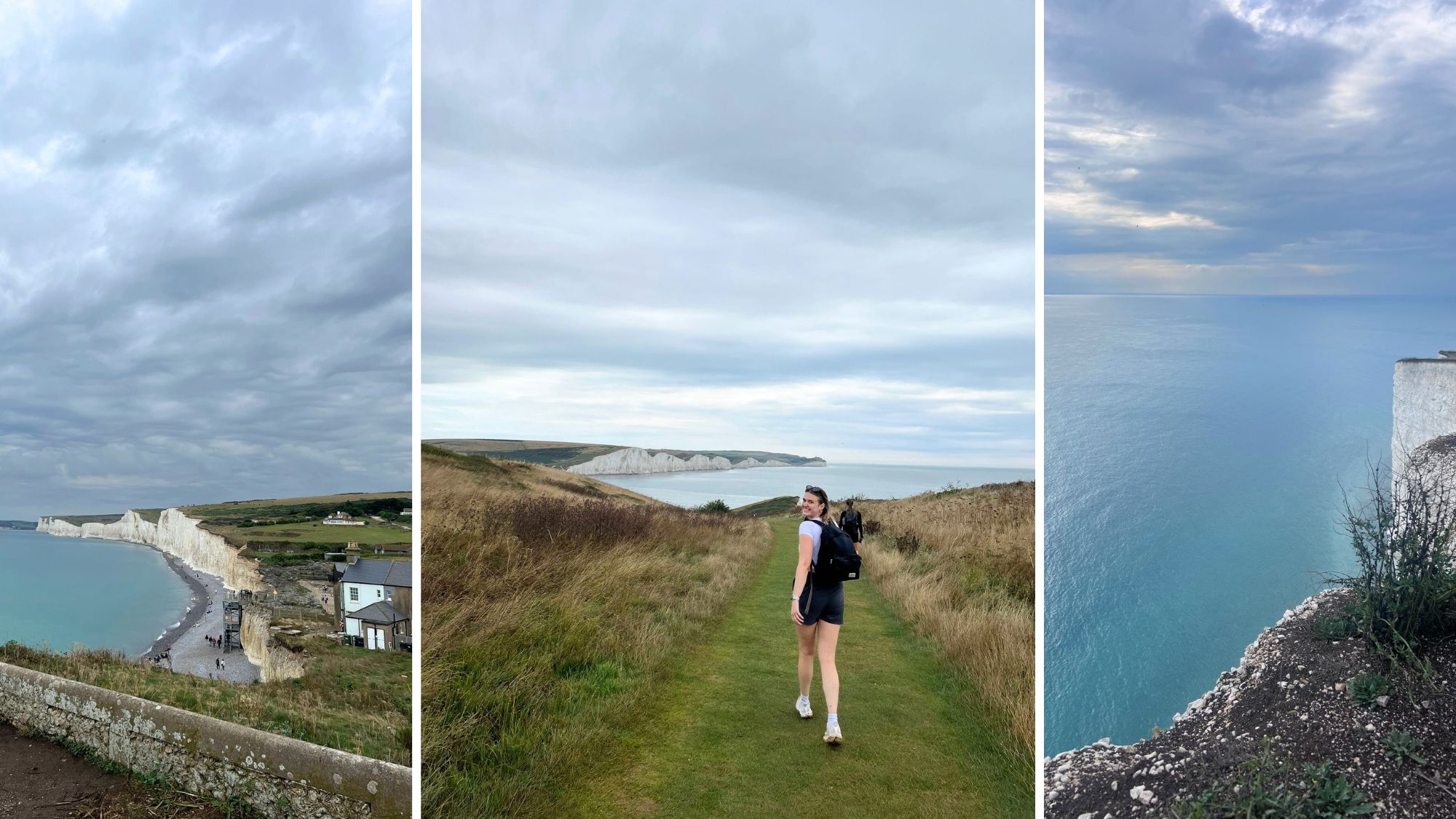
As a long-standing lover of intense HIIT classes and speedy 5ks, developing a passion for the slow yet stamina-building activity of hiking for fitness definitely wasn't on my 2024 bingo card. But then I stumbled across a TikTok of someone documenting them doing the stunning coastal hike from Seaford to Eastbourne Pier, and I quickly sorted train tickets for the following Saturday. Probably my favourite day of 2024, it was genuinely amazing - and now I've got a walking weekend in Wales on my wishlist for the Spring.
Far more fulfilling than whatever box-ticking workout I'd squeeze in on a Saturday morning before socialising, hiking offers a low-impact way to get sweaty and engage my muscles, all while reaping the many mental health benefits of being out and about in nature. Plus, it's a way to exercise that's rooted in social connection - which is clearly something we're all searching for, as the Strava Year in Sport review revealed that 2024 saw a 59% global increase in run club participation and a 13% increase in large group activities.
There are a whole heap of benefits of walking - it's great for building stamina and boosting overall fitness levels, as Gymbox instructor Olivia Deverell explains. She's also firm in her stance that the humble hike should not be underestimated. “It takes approximately three minutes of continuous activity to fully engage your aerobic system, and with the average hike lasting several hours, you’re engaging in sustained, low-impact cardiovascular exercise,” she explains. “This not only enhances that all-important VO2 max, a key measure of endurance, but also supports overall heart health and energy levels.”
So, if you like the sound of walking workouts and tackling a few countryside trails, coastal paths, and steep peaks that'll well and truly get your heart pumping this year, keep scrolling for the down low on all things hiking. Alongside plenty of advice and information from the experts, you'll even be able to read about exactly how I got on during my epic Seven Sisters hike.
Keen to read more? Scroll our guides to the best indoor walking workouts and best indoor walking exercises, plus how one MC staffer found banking 8,000 steps a day for a week, here. We've also expert-approved indoor walking challenges plus read about the many walking desk benefits Senior Health Editor Ally Head benefited from when testing for her walking desk review.
I fell in love with hiking for fitness in 2024 - and think you'd enjoy it, too
What is hiking?
While walking can be done in pretty much any environment, hiking is mostly done in a natural setting. It typically involves trails and footpaths and other scenic landscapes like forests, mountains, and the coastline.
A recreational activity, hikes are typically longer and more challenging than your typical suburban stroll.
Marie Claire Newsletter
Celebrity news, beauty, fashion advice, and fascinating features, delivered straight to your inbox!
What are the benefits of hiking?
A form of cardio exercise that can easily be adapted to suit your specific fitness levels, hiking can help lower your blood pressure, reduce your risk of heart disease and stroke, and strengthen your bones - so it’s clearly a worthwhile activity for maintaining your overall health and wellbeing.
"Taking part in prolonged low-impact cardio activities like hiking has a well-researched positive impact on cardiovascular health," Deverell explains. "It allows you to build strength and stamina without the joint strain associated with running or high-intensity interval training."
And while you’ll reap similar cardiovascular benefits from slogging away on the Stairmaster, the mental health benefits of being outside simply can’t be ignored. A recent study showed that spending at least 120 minutes a week in nature has a positive effect on overall health and wellbeing.
“Low-impact forms of exercise like hiking are far softer on your knees, hips, and ankles,” adds Keiran Sheridan, physiotherapist and co-owner of GulfPhysio. “Rather than wearing down your joints and doing damage to your cartilage, hiking lets your muscles do most of the work therefore keeping ligaments strong and healthy for longer.”
Can hiking really boost your fitness?
A great way to build stamina and improve overall fitness levels, hiking is a truly effective workout for those who aren’t on the high-impact hype. Plus, it’s also a powerful way to strengthen and define the muscles in your lower body without having to spend time in the overcrowded weights area of your local gym.
“The uphill climbs challenge your quads, glutes, and calves, while downhill stretches activate stabilising muscles and improve joint strength,” Deverell explains. “And if you’re feeling brave, choosing to hike on uneven terrain will work your core strength, balance, and coordination, too."
What are five top hiking tips for beginners?
Hiking is definitely an activity that requires a little bit of planning and preparation. Here are some top things to consider if you're getting ready for your very first trail.
1. Pick a suitable trail
As tempting as it is to head straight to Snowdon or the Lake District, starting off relatively small and close to home is definitely your best bet. FYI, immediately overdoing it can often lead to injury.
Try this: Use an app like AllTrails to find an easy or moderate trail not too far from you that’s relatively flat, and won’t take more than an hour or two.
2. Get the right kind of gear
One of the best things about hiking for fitness is that it’s essentially a free form of exercise. However, making sure you’ve invested in a proper pair of hiking shoes is essential.
According to Footwear Merchandiser at Columbia, Michaela Hirschle, picking the right cut is key. “Combining the freedom, comfort, and flexibility of trail running shoes with the support and structure of hiking boots, classic low hiking or walking shoes are perfect for day hikes with little to no backpack load,” Hirschle explains. “But if you’re anticipating tackling a few more steep paths and patches of rough terrain, you’d likely benefit from some mid-cut footwear that provides a little more ankle support — like the Peakfreak Hera II shoes.”
Not sure where to look? Read our edit of the best hiking boots, here.
3. Join a walking group or club
From deciding on a route, to planning transportation, there’s more admin involved in planning a hike than you might initially think. That’s one of the many reasons why Sophie Davis recommends joining a group or club like Outdoor Adventure Girls if you’re a beginner.
“Our extensive logistics team and vetted suppliers can help with route planning, transportation, meals, and itineraries,” Davis explains. “This means that group members can simply turn up and have fun."
Intent on providing a safe and inclusive environment for women to reconnect with nature, Sophie Davis also says that hiking with a group like Outdoor Adventure Girls will help mitigate some common safety concerns for beginners.
“Hiking with a group reduces risks associated with getting lost, encountering issues, or facing emergencies,” she explains. “Our events also always include people who are familiar with the local trails and conditions in the area we are in, and they can recommend and share tips on hiking safely and efficiently.”
4. Bring a well-stocked backpack
A hands-free way to bring everything you could possibly need with you on your hike, a small backpack is definitely my hiking bag of choice. While there’s definitely nothing wrong with using a GPS tracker on your phone, definitely pack a map or physical copy of the route just in case you end up with no signal, or your phone dies. Other worthwhile additions include a torch, a mini first aid kit stocked with essentials like blister plasters and antihistamines, and an Apple AirTag in case of any real emergencies.
“Making sure you pack plenty of food, water, and extra snacks like sweets in your backpack is also essential,” says Nia, Hike Ambassador for The Columbia Hike Society and Founder of We Hike Wales. “Hiking can be both physically and mentally tiring, especially if you’re a beginner, and you never know when you’ll need a sugar rush for a pick me up."
5. Be sure to stretch before and after
It’s really important to properly stretch and warm up before a run or workout class if you want to lessen your chances of injury — and the same goes for a hike. As someone who regularly leads the popular Hike classes on the Peloton Tread, instructor Emma Lovewell has four particular stretches she’d definitely recommend.
“Walking uphill activates the back of your body, so poses like a standing or seated figure four stretch and runners lunges are great for stretching out the hamstrings and glutes and opening up the hips,” Lovewell explains. “You’ll also be going downhill at times, and will therefore really feel the pressure in your quads - so a simple standing quad stretch is well worth doing. Just be sure to point your knee straight down to the ground, and tuck your tailbone.”
“Calf stretches on a wall are also really nice,” she adds. “Simply place the front of your foot up against a wall with your heel on the ground to give your calves a really nice stretch.”
I ended summer 2024 with my favourite hike of all time - here are my thoughts on the iconic Seven Sisters trek
Seaford to the Seven Sisters
Intent on tackling the iconic Seaford to Eastbourne trail, my boyfriend and I hopped off the train ready and raring to go in Seaford at around 10 am on a rainy Saturday in September. It takes about an hour and a half by train to get to Seaford from London Victoria, and it's a point-to-point route that can be done from either direction - but starting from Seaford is best if you're after truly spectacular views.
The official route starts at the bottom of the cliffs by the beach, so this is where we set off our watches. The coastal trail takes you up past the golf course, and through the Seaford Head Nature Reserve - where we got our first glimpse of the Seven Sisters cliffs - before the trail took us down a winding country path to Cuckmere Haven beach, which is as picturesque and peaceful as its name suggests.
However, the peace didn't last all that long for us, because we managed to miss low tide by just ten minutes - and therefore had to take an hour detour. It was annoying - but still scenic - and we followed the river inland until we were finally able to cross over the bridge opposite The Cuckmere Inn pub, and make our way back towards the beach. (Top tip: you'll need to arrive in Seaford at least two hours before the tide at Cuckmere Haven is due to go out if you want to avoid the detour. Check times here).
But this was where the real climbing began; ascending the first of the Seven Sisters Cliffs. It was super steep, but I actually really enjoyed how much I felt this in my glutes and hamstrings - and I really let my muscles take over. We took a well-deserved break once we got to the top to eat our packed lunches and enjoy the stunning views of the English Channel.
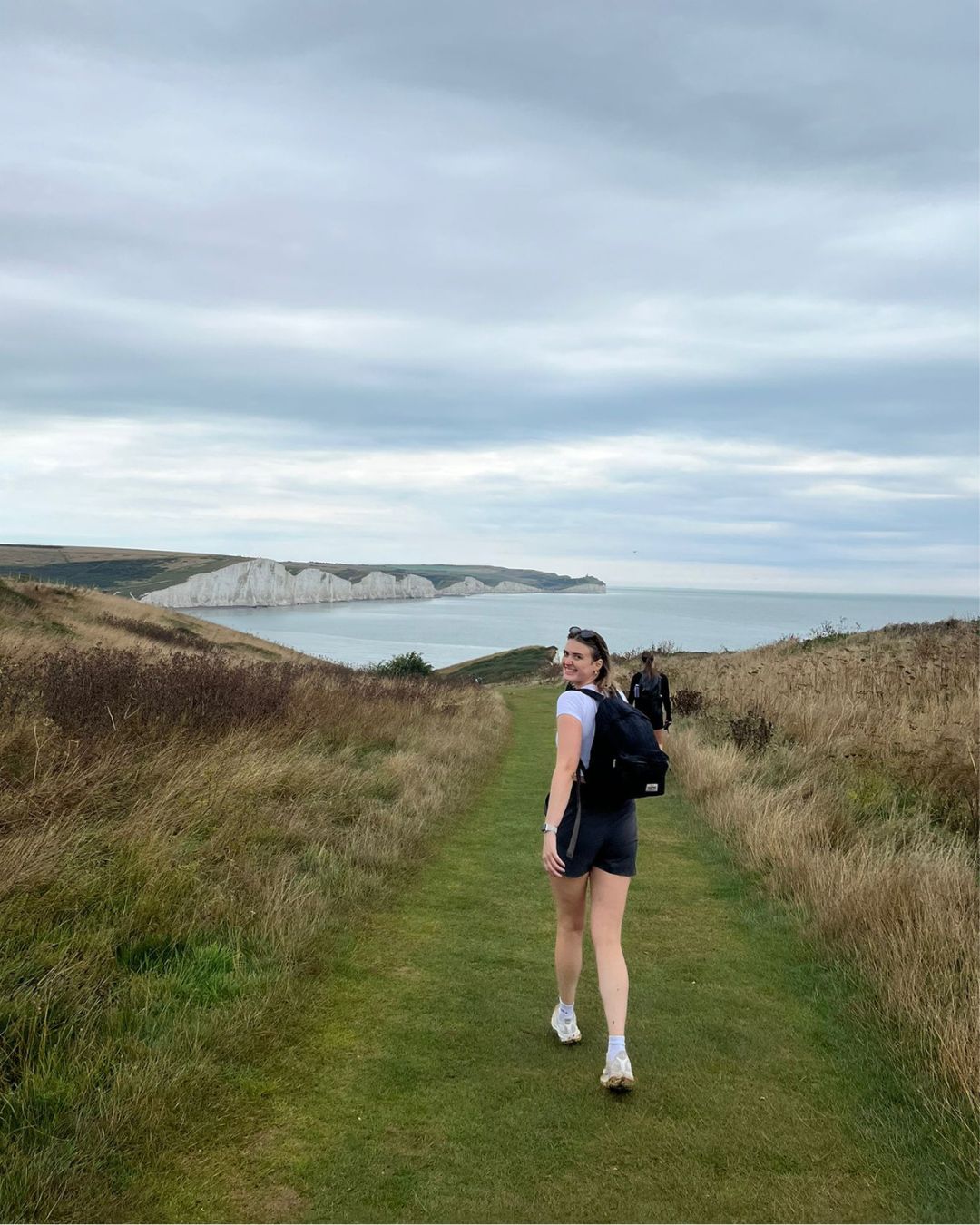
Georgia during her first big hike
The Seven Sisters to Eastbourne
While the big climb at the beginning and the one we'd just done were tough, this next bit was definitely the hardest part for me. There were roughly five or six 40-50m soft ascents and descents to tackle as you made your way across the cliffs - and because we did them without stopping, I was really out of breath by the end, and felt like I'd done some proper cardio.
Finally, we made it to Birling Gap - a cliff-top coastal hub that's a popular access point for walkers and boasts a range of National Trust facilities, such as a café, shop, visitor centre, and public toilets. There are even steps to access the beach below - which is a great spot for picnics, strolls, and even a swim if the weather conditions allow it. And best of all, the weather even started to brighten up a bit.
After a quick pit-stop, we followed the clifftop path all the way up to the Belle Tout Lighthouse, before continuing on until we reached Beachy Head - the highest chalk sea cliff in Britain, standing at 530 feet tall. From Birling Gap to Beachy Head, it's a good hour of gradual but continuous climbing - so when we got to the top, we paused for a proper stretch, and really took in the views. But if you fancy more of a rest or a bite to eat, The Beachy Head pub is a great place to raise your glasses in celebration of being on the home stretch.
The last hour or so consisted of slowly making our way back down the cliffs along the coastal path, towards Eastbourne - which you'll be able to see throughout your descent. The ground is quite steep and uneven, and we both agreed that we'd want to wear shoes with a little more ankle support next time.
We emerged from the South Downs Way at The Kiosk cafe, turned onto Dukes Drive, and walked for a few minutes until we reached Helen Garden - where heading down the Holywell Drive footpath took us right onto Eastbourne Promenade. From there, it was a flat and even thirty-minute stroll to Eastbourne Pier. Best of all, the promenade railings were the perfect height for stretching out our hamstrings after a whopping 32,000 steps ...
Now, question - will you be giving it a go?
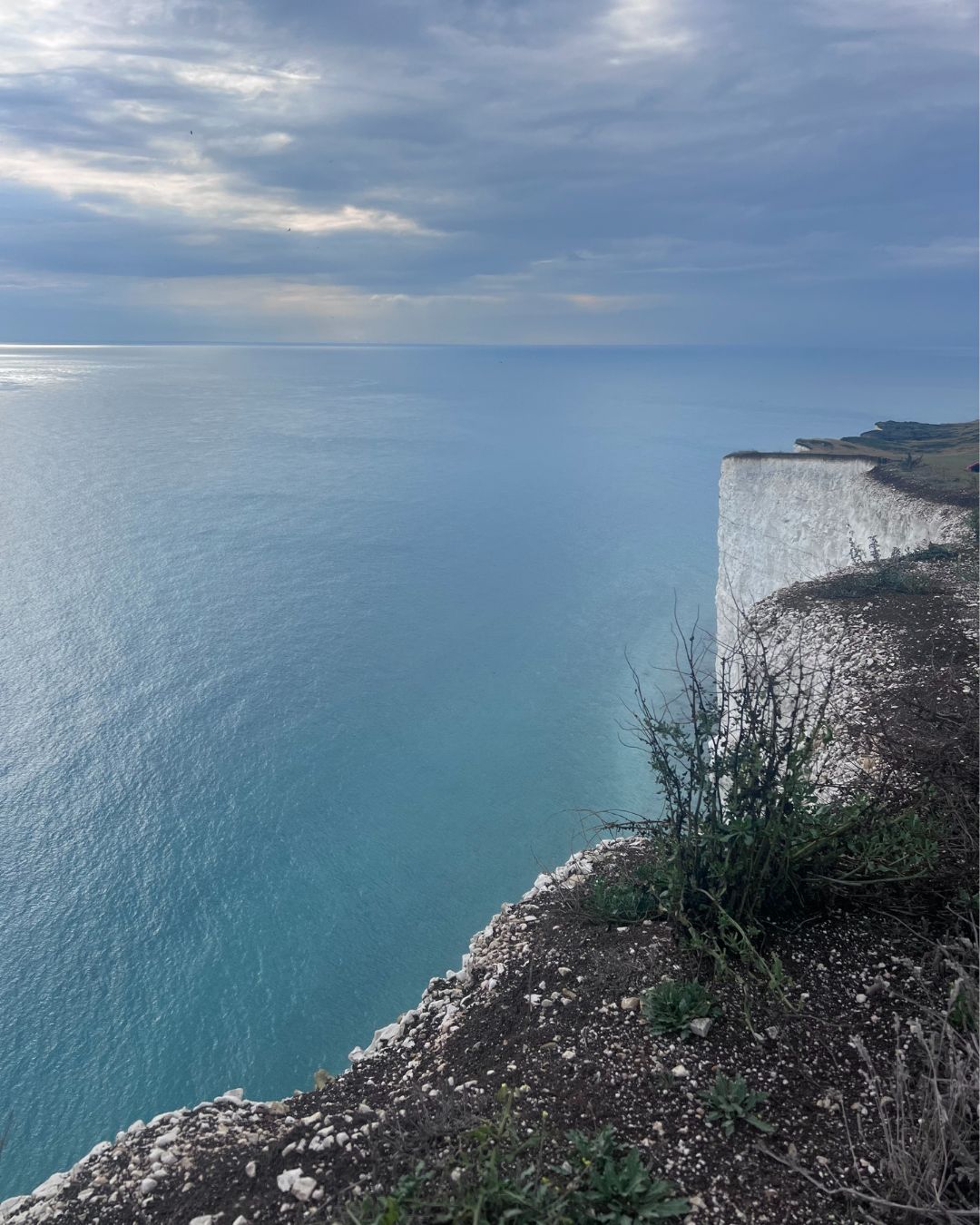
One of the views during Georgia's hike from Seaford to Eastbourne
Shop MC UK approved fit kit now:
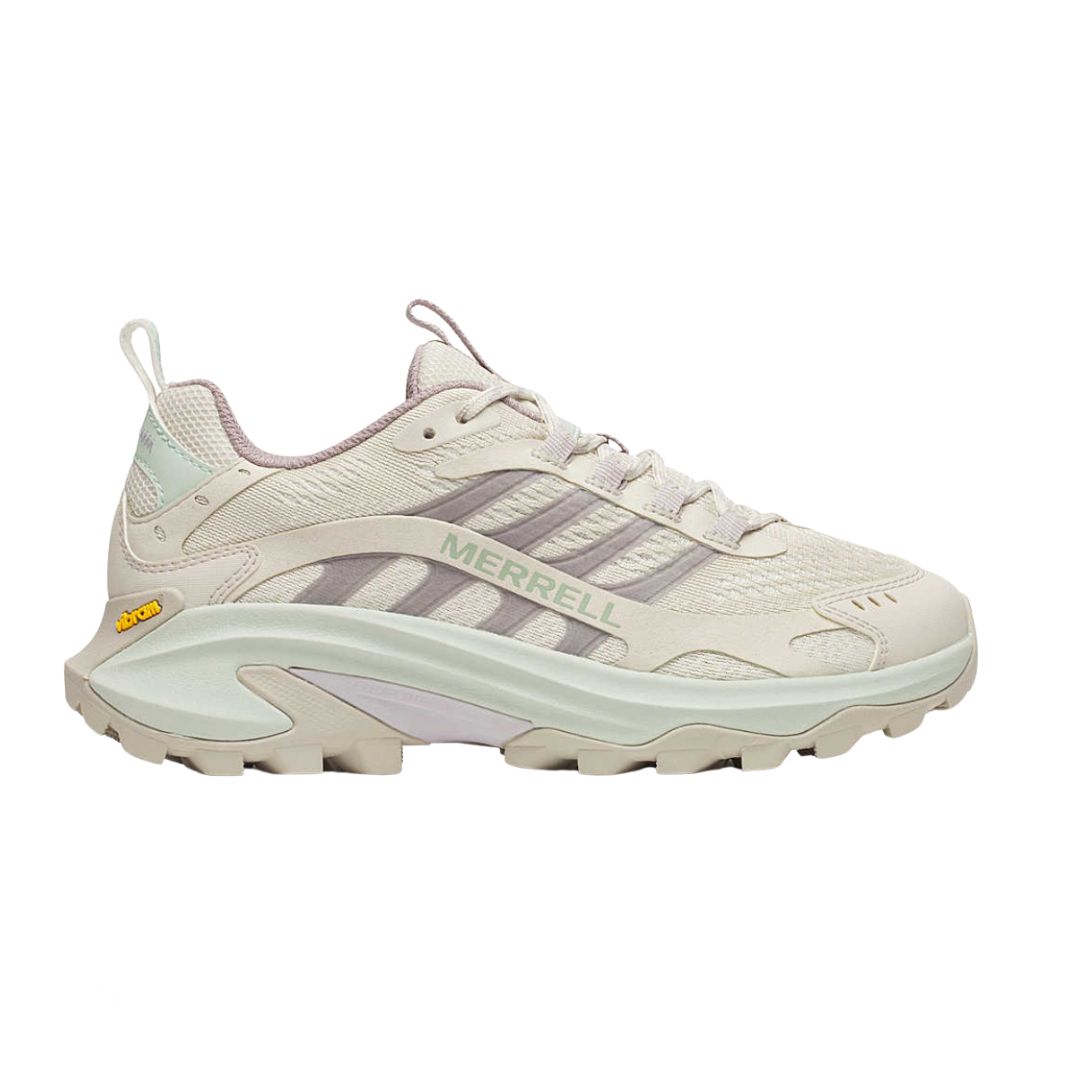
We've touched on how important appropriate hiking shoes are for enjoying your hikes - and we're big fans of the Moab Speed 2's from Merrell. They're really comfortable, weather-resistant and supportive, too.
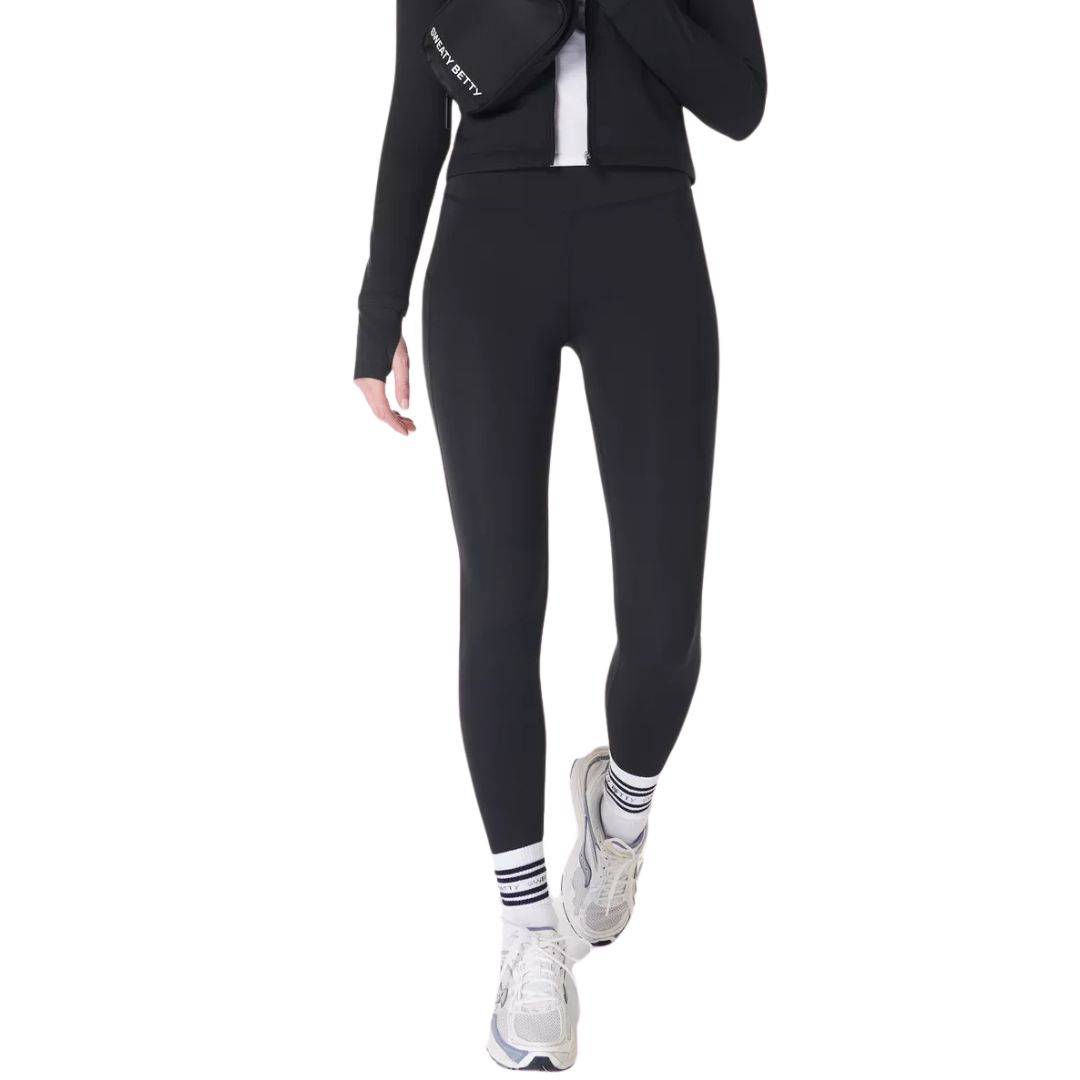
A sweat-resistant, soft-as-anything pair of workout leggings from Sweaty Betty, these are a great breathable and lightweight option for hiking, HIIT and more.

Last but by no means least, this gilet from Adanola is soft, cosy and a great hiking layer as it's breathable yet warm.
-
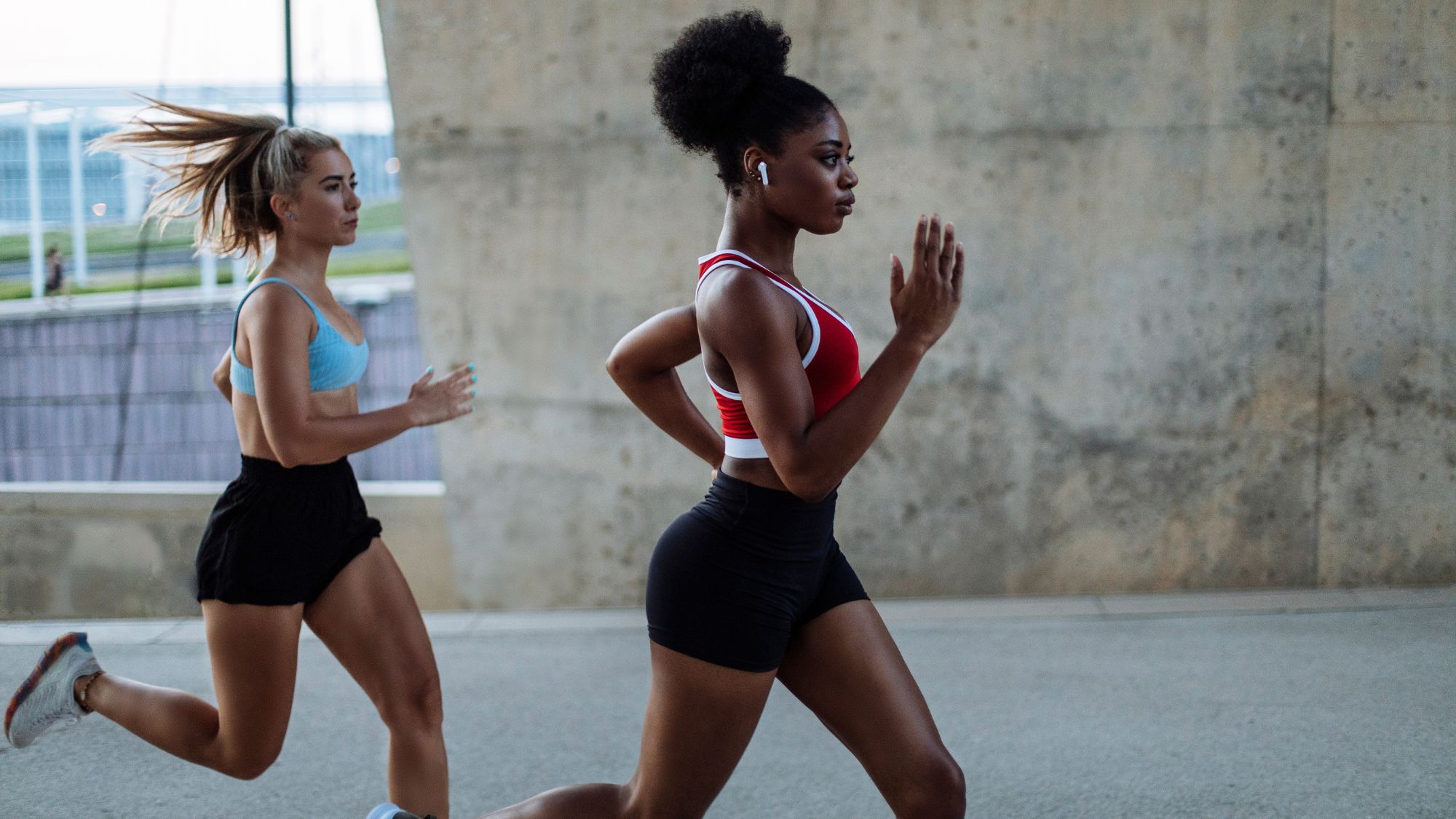 Feeling inspired by the London Marathon? 10 science-backed pieces of running advice for beginners
Feeling inspired by the London Marathon? 10 science-backed pieces of running advice for beginners"Remember, running is for everyone - you included."
By Rebecca Shepherd
-
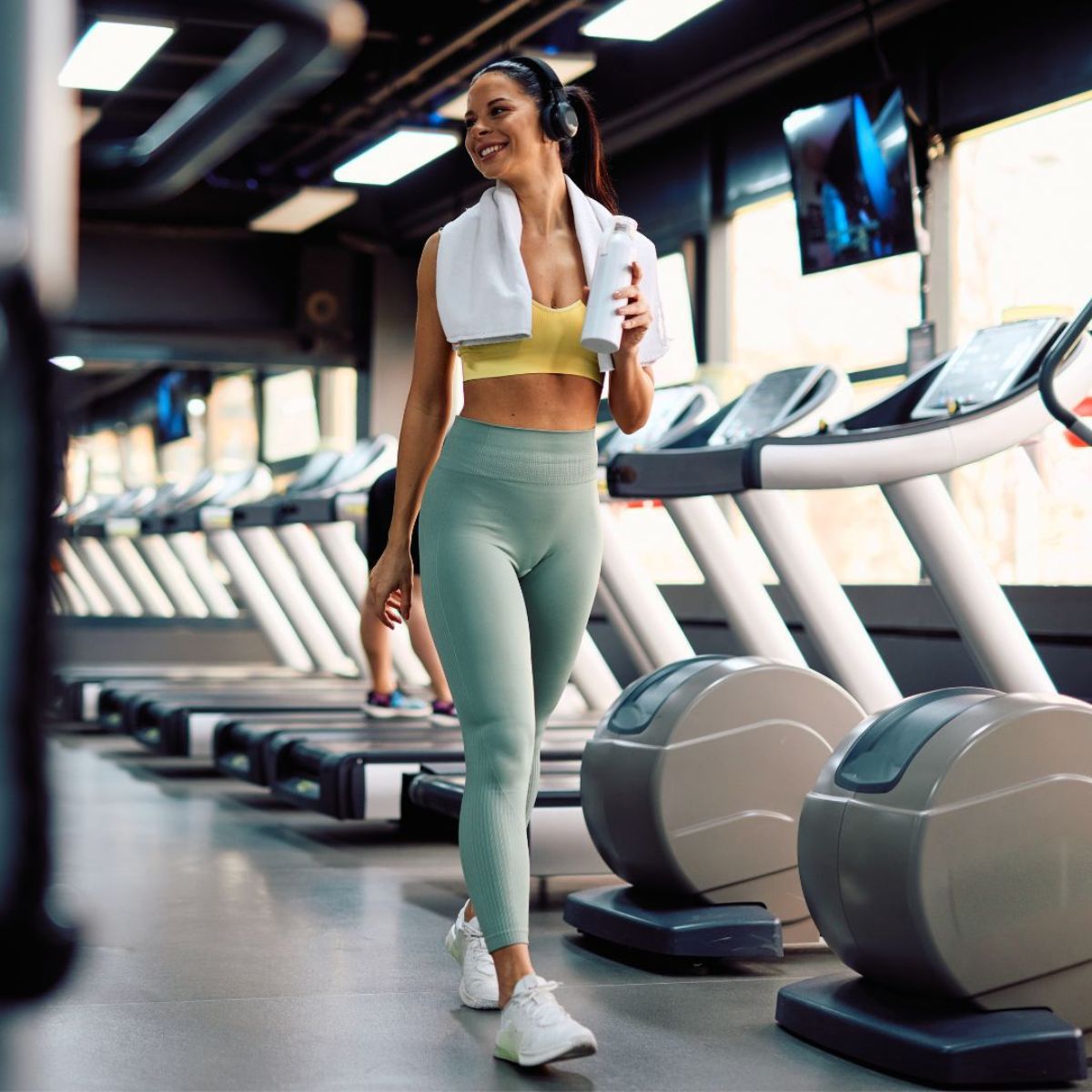 Walking workouts are the hottest form of exercise RN - 5 best for beginners to boost fitness and mood
Walking workouts are the hottest form of exercise RN - 5 best for beginners to boost fitness and moodYour ultimate guide.
By Katie Sims
-
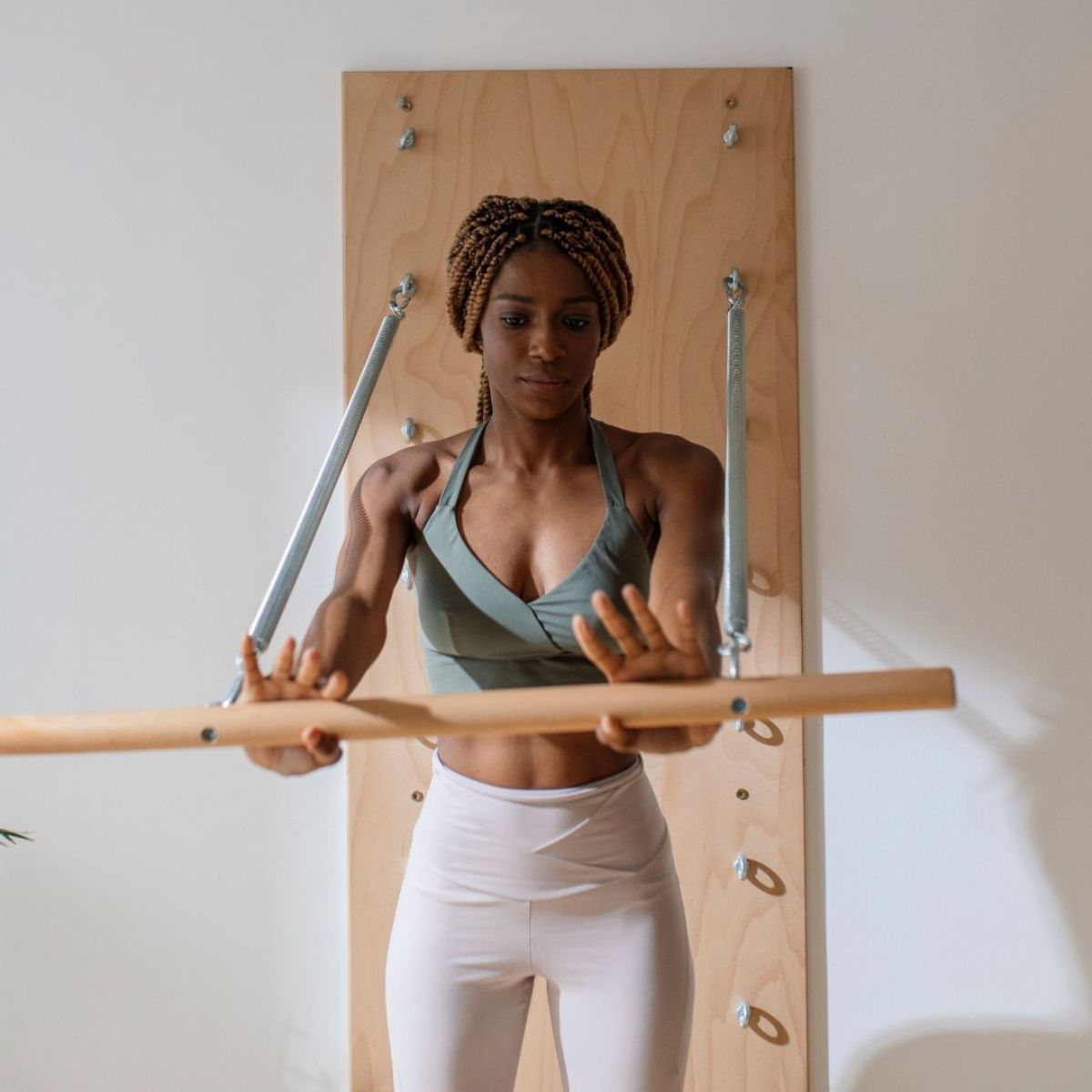 Stop what you're doing: these are, hands down, the best wall Pilates workouts for the core, according to top instructors
Stop what you're doing: these are, hands down, the best wall Pilates workouts for the core, according to top instructorsRigs at the ready.
By Katie Sims
-
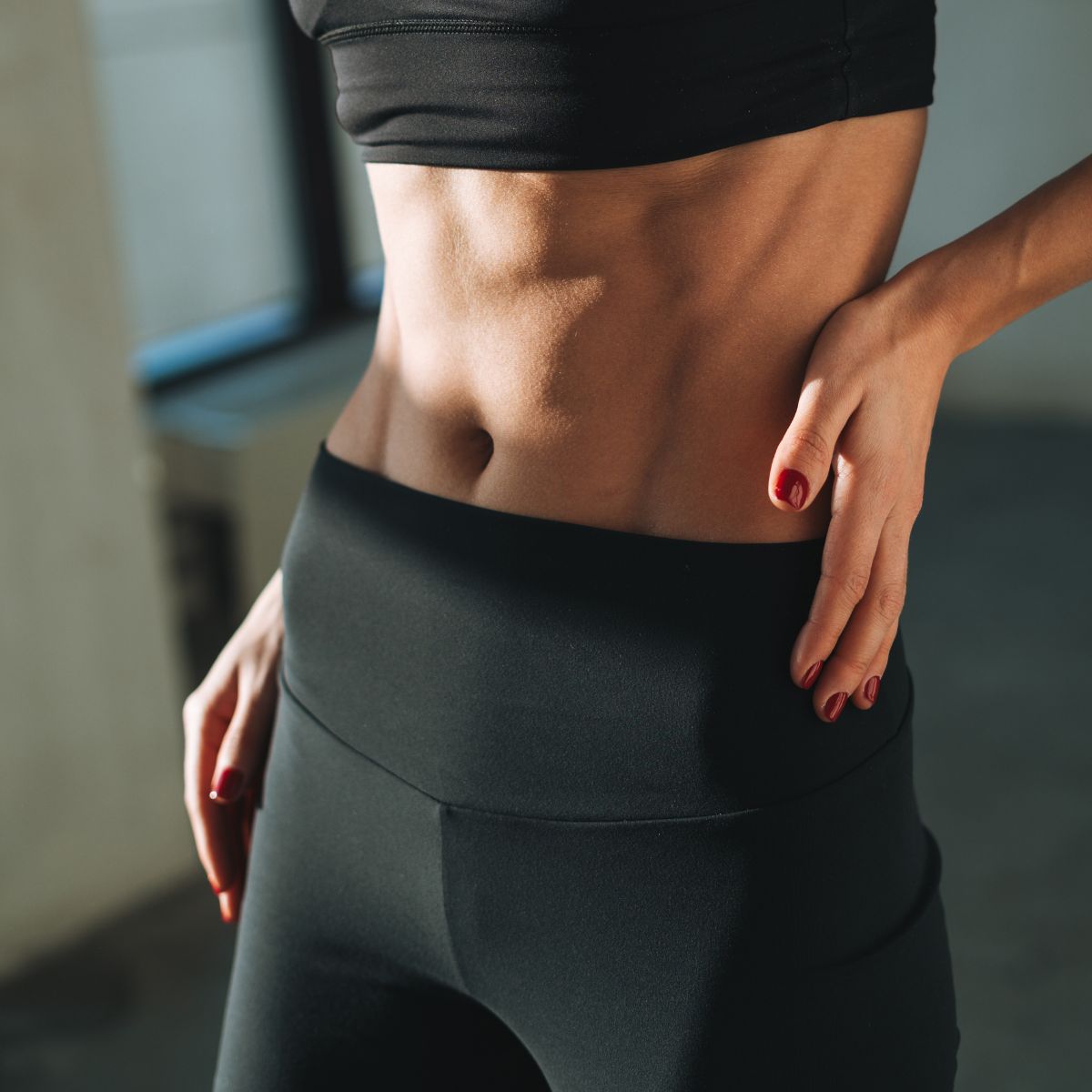 Modern Pilates is one of the most fun yet effective ways to strengthen and lengthen your body - 6 exercises to try
Modern Pilates is one of the most fun yet effective ways to strengthen and lengthen your body - 6 exercises to tryKeen to strengthen your entire body? This one's for you.
By Anna Bartter
-
 Jump training workouts are being hailed as the best longevity workout you can do - a top personal trainer shares their guide
Jump training workouts are being hailed as the best longevity workout you can do - a top personal trainer shares their guideJump to it...
By Katie Sims
-
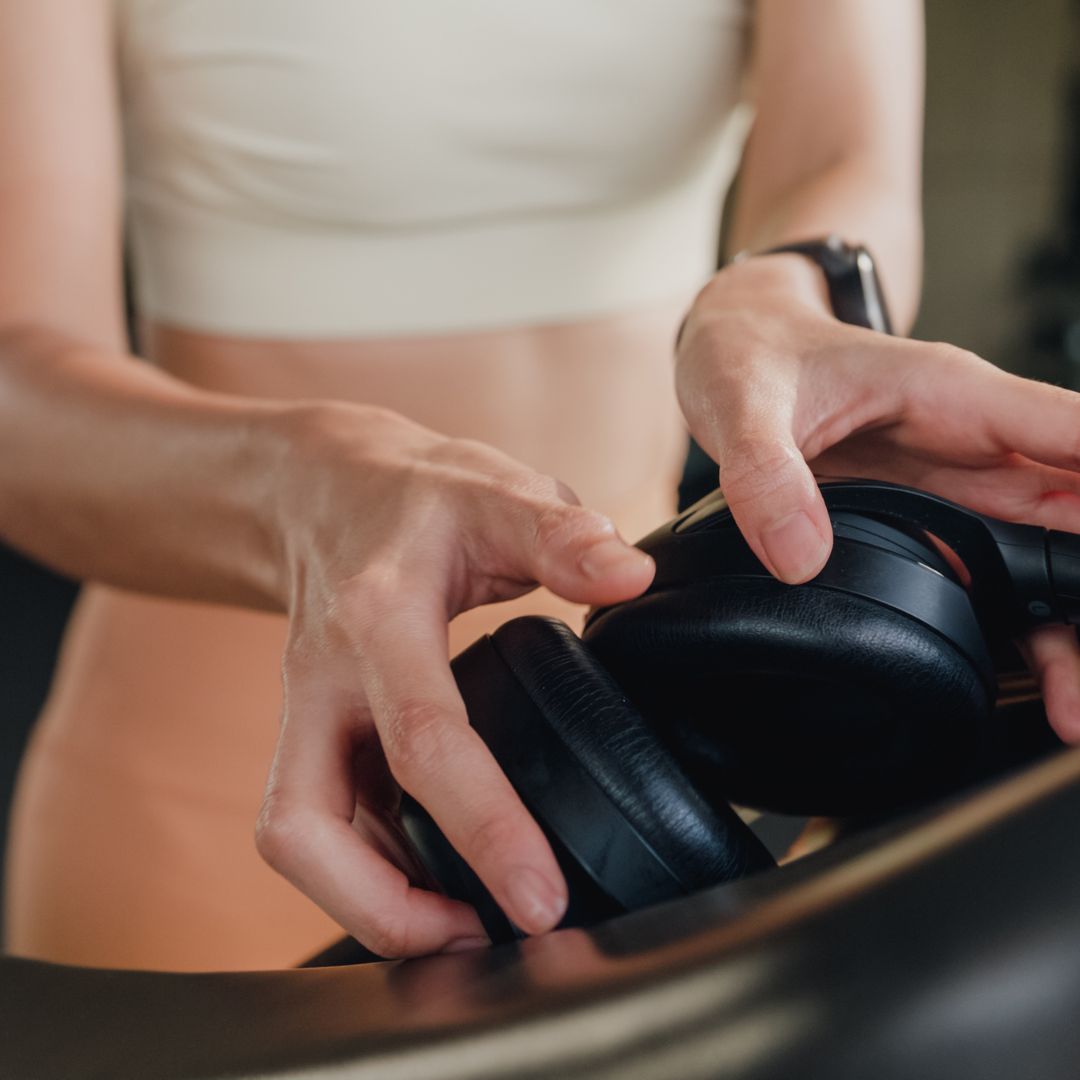 It's the must-have bit of fit kit of the year - a fitness expert shares their 5 top tips for choosing a walking pad
It's the must-have bit of fit kit of the year - a fitness expert shares their 5 top tips for choosing a walking padThis year's fitness must-buy.
By Katie Sims
-
 I tried Pilates roll-downs every day for a week - and was amazed at how quickly it eased years of stiffness
I tried Pilates roll-downs every day for a week - and was amazed at how quickly it eased years of stiffnessConsider my spine more mobile than before.
By Rebecca Shepherd
-
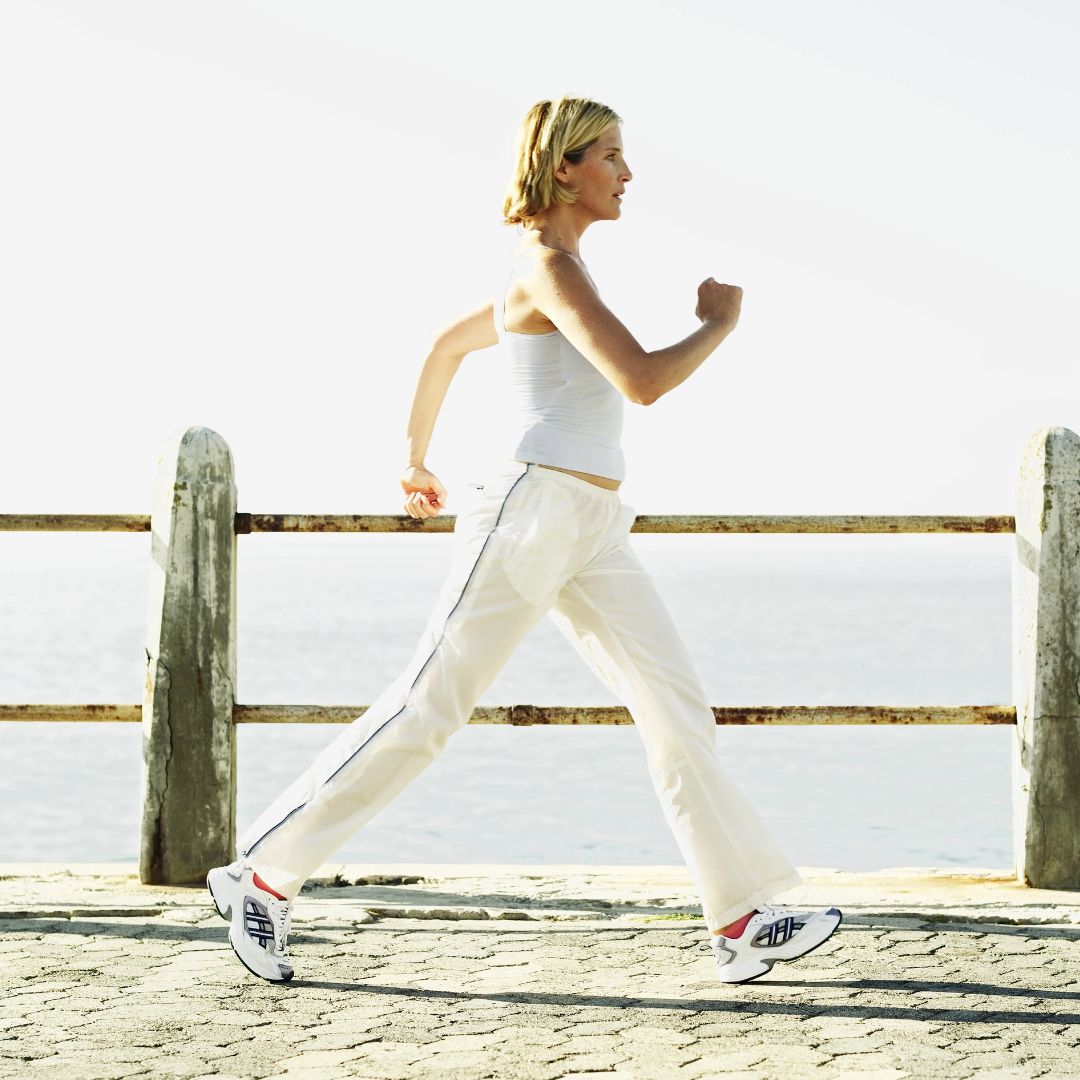 Power walking is the latest trending workout - and it promises to supercharge your health in the simplest way
Power walking is the latest trending workout - and it promises to supercharge your health in the simplest wayKeen to find out more? Step this way...
By Rebecca Shepherd


